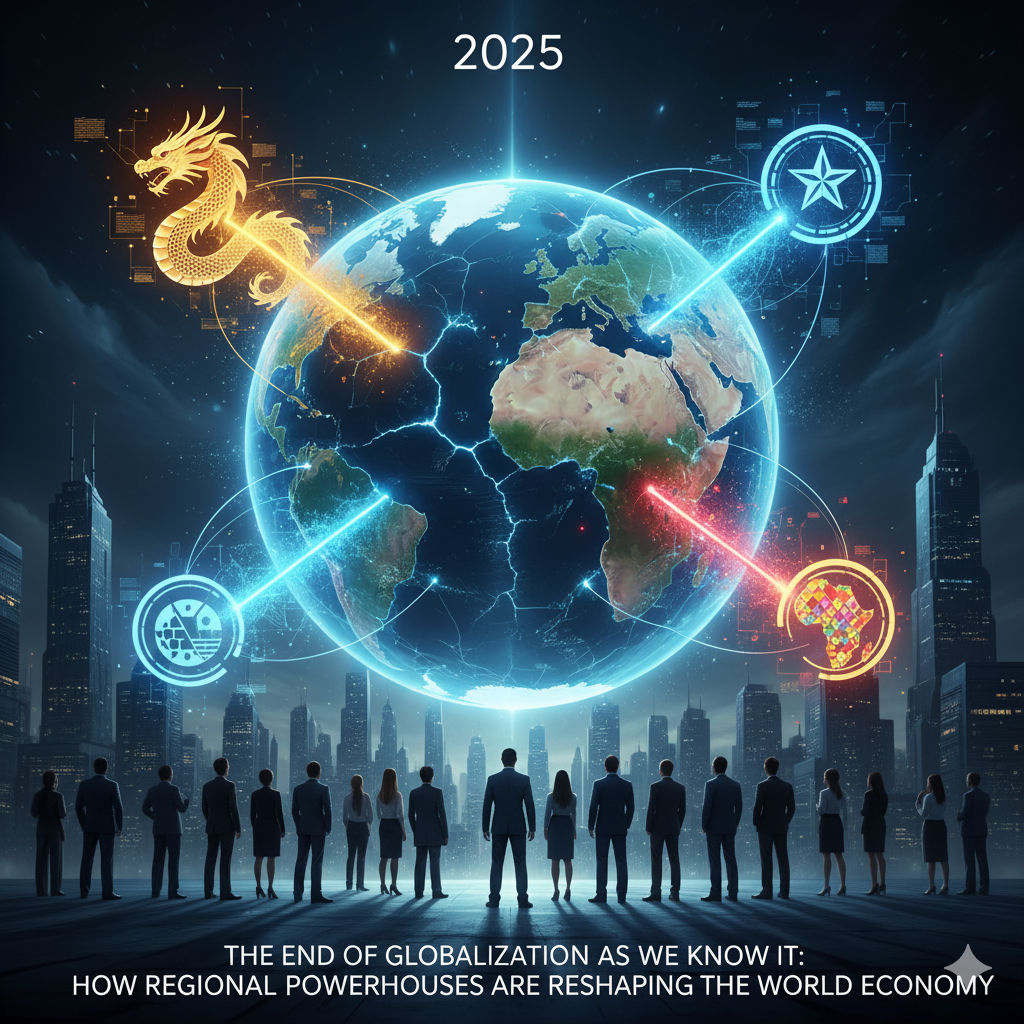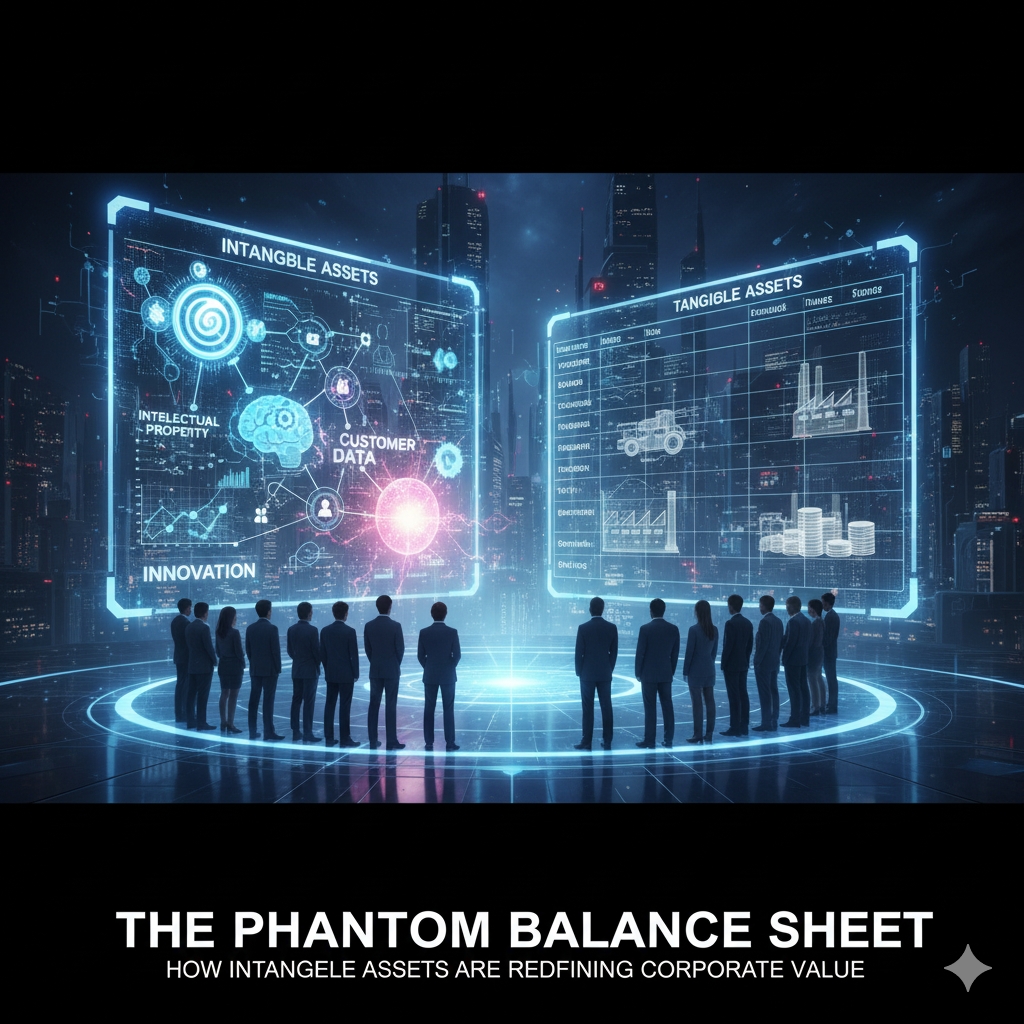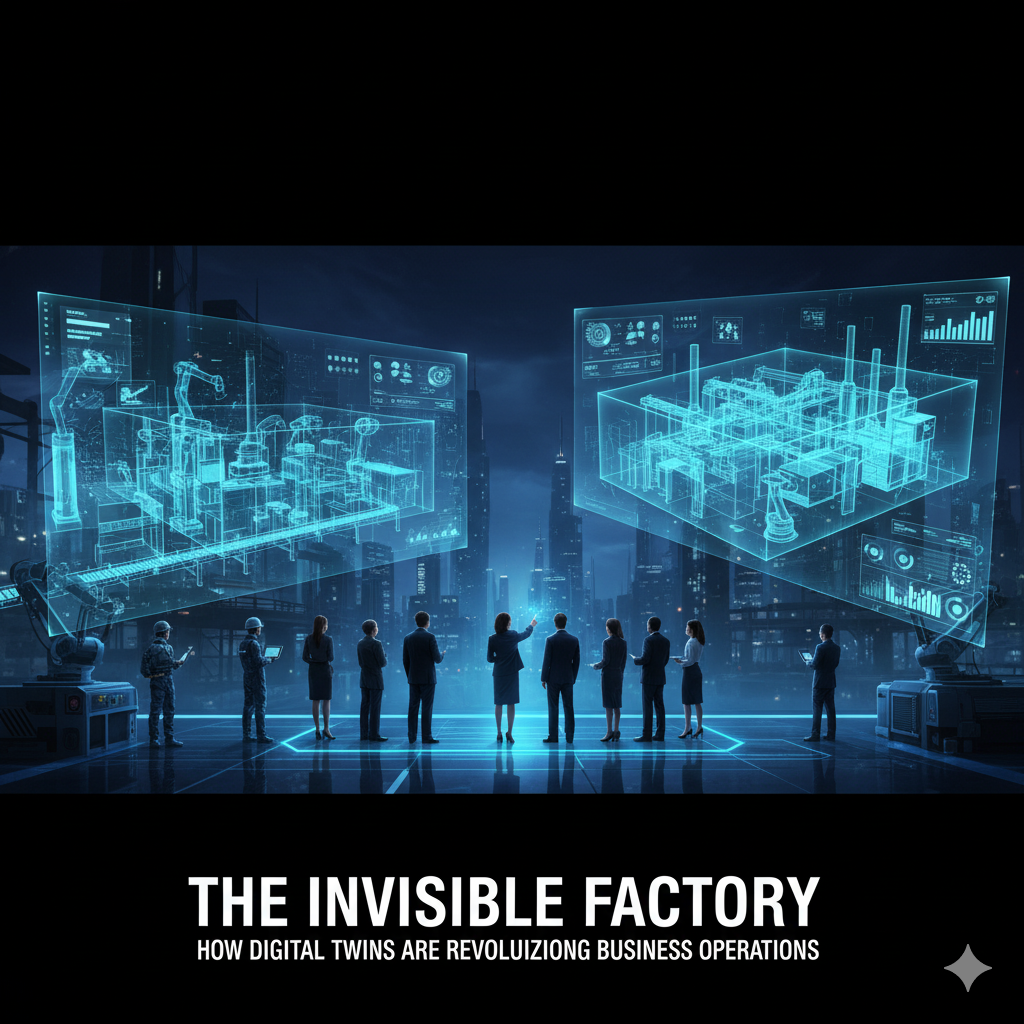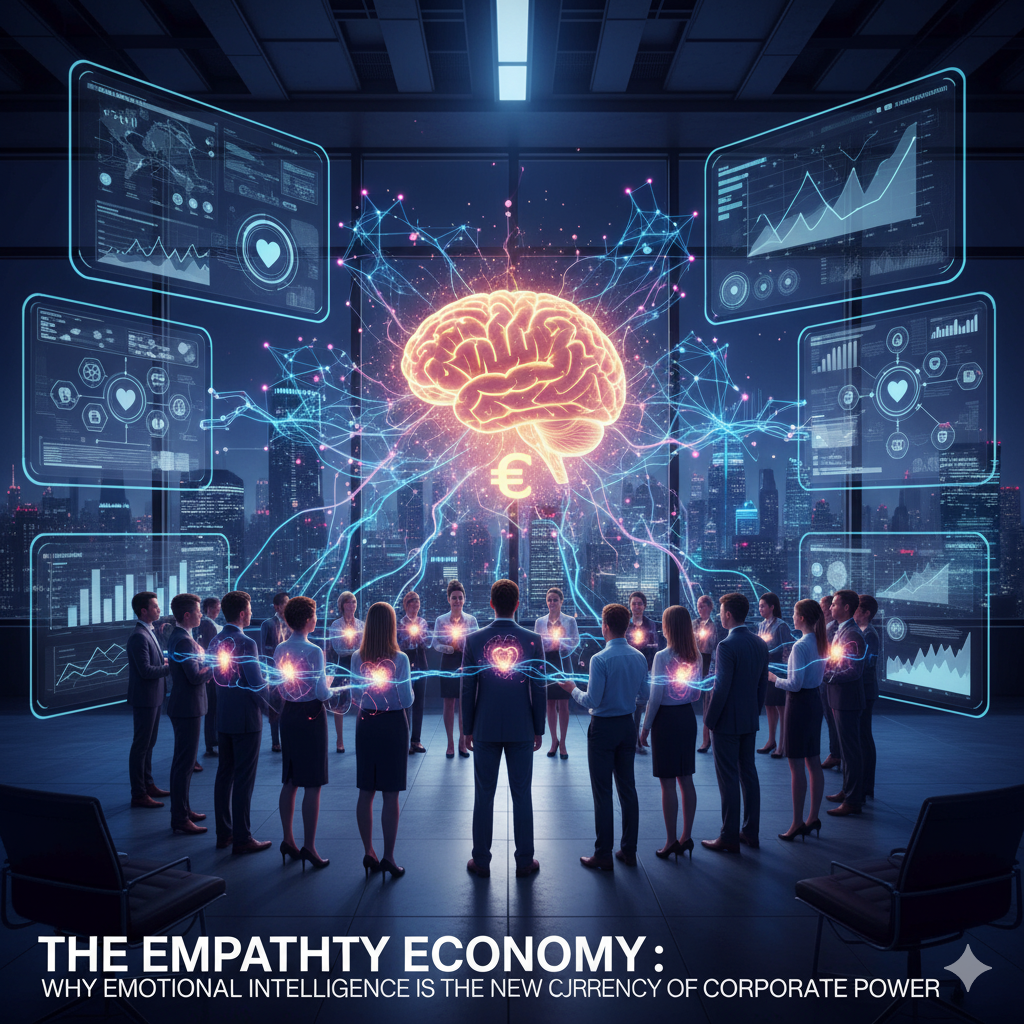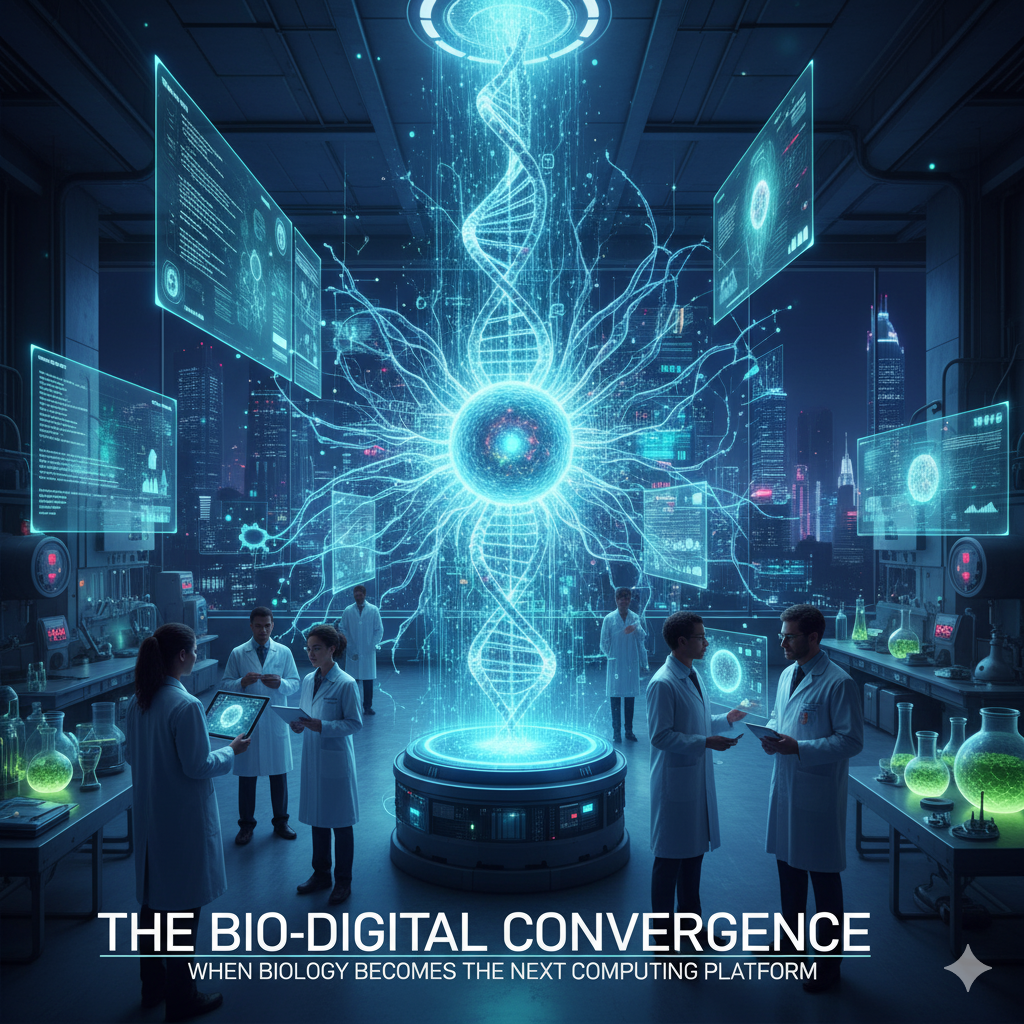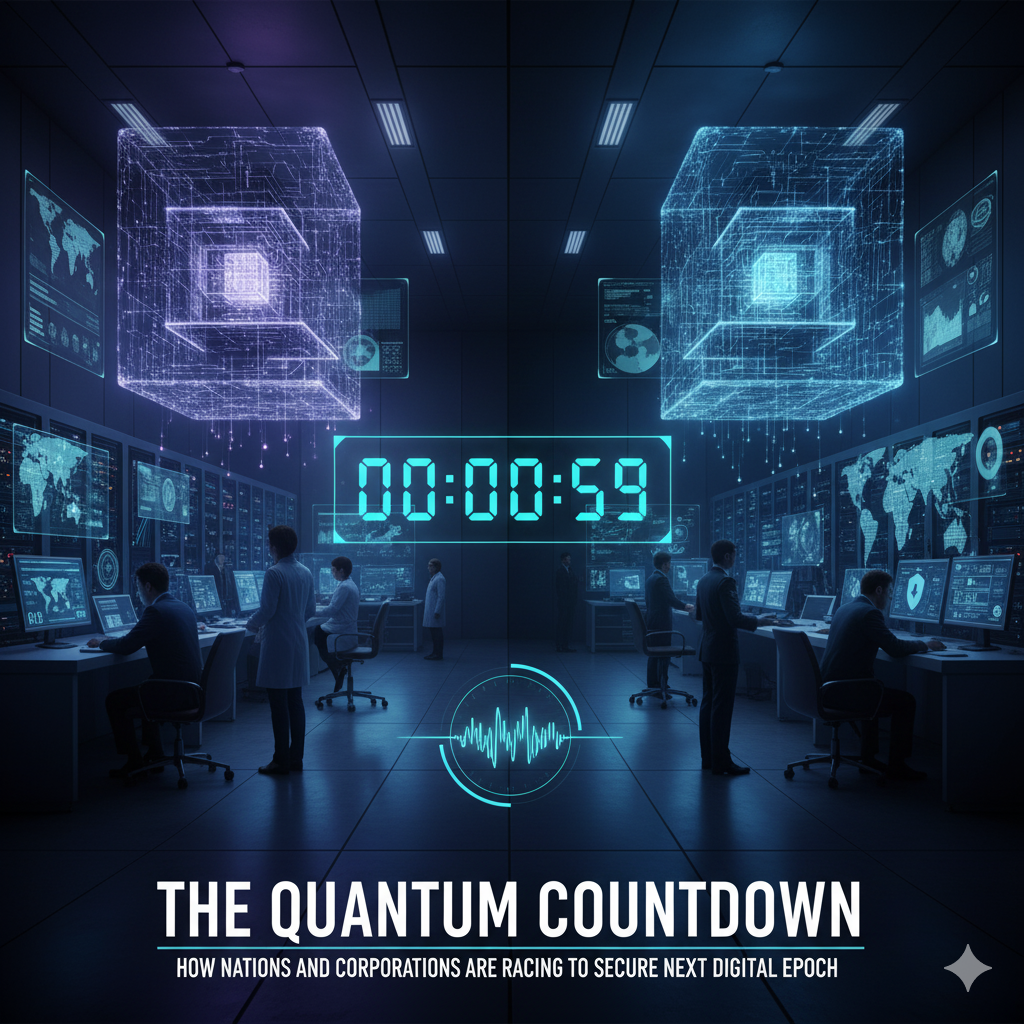For decades, the corner office was ruled by experience, intuition, and the formidable “gut feel” of seasoned executives. Their strategic bets, forged in the fires of past market cycles, defined corporate legends and failures. But in the volatile, data-saturated landscape of 2025, instinct is no longer enough. We are witnessing the dawn of a new era in corporate governance: the rise of the Algorithmic C-Suite. This is not about AI replacing leaders; it is about the emergence of a powerful AI co-pilot that is fundamentally reshaping how decisions are made, risks are assessed, and strategies are forged. The most valuable asset in the modern executive’s toolkit is no longer just their experience, but their ability to partner with sophisticated predictive intelligence.
From Gut Feel to Data-Driven Foresight
The primary shift is a move from reactive decision-making to proactive foresight. Traditional business intelligence (BI) tools provided a rear-view mirror, showing what had already happened. The new class of executive AI co-pilots offers a predictive windshield, simulating the outcomes of complex decisions before they are made.
Strategic Simulations: Imagine a CEO evaluating a potential merger. The AI co-pilot can run thousands of simulations in minutes, modeling not just financial synergies, but also cultural integration challenges, regulatory hurdles in different jurisdictions, and potential competitor responses. It can stress-test the deal against a range of macroeconomic scenarios—a sudden shift in interest rates, a new trade tariff, or a spike in commodity prices.
Talent Management Revolution: In the CHRO’s office, AI is moving beyond resume screening to predicting employee flight risk with startling accuracy. By analyzing anonymized data patterns on work habits, engagement survey responses, and even internal mobility applications, the system can flag at-risk key performers months before they resign, allowing for proactive retention strategies. Furthermore, AI can map skills gaps across the organization and recommend targeted upskilling pathways, effectively future-proofing the workforce.
Hyper-Personalized Marketing at Scale: The CMO’s AI co-pilot can now orchestrate micro-campaigns for millions of individual customers, dynamically adjusting messaging, channels, and creative in real-time based on continuous feedback loops. It doesn’t just report on campaign performance; it autonomously optimizes the marketing spend allocation across platforms to maximize ROI, freeing human strategists to focus on brand narrative and creative innovation.
The Architectural Backbone: Integrated Data and the “Executive Nervous System”
This revolution is not powered by a single, magical algorithm. It requires a fundamental rewiring of the corporate body, creating what can be termed an “Executive Nervous System.” This is a unified data architecture that integrates previously siloed streams of information—from real-time IoT sensors on the factory floor to sentiment analysis from social media and transactional data from global sales.
The Three Layers of the Executive Nervous System:
The Data Layer: This is the foundation. It involves consolidating data warehouses and ensuring a clean, standardized, and real-time flow of information from every corner of the enterprise and its external ecosystem. Without high-quality, integrated data, any AI initiative is doomed to fail, succumbing to the “garbage in, garbage out” paradox.
The Intelligence Layer: Here, machine learning models and algorithms reside. They continuously analyze the integrated data, identifying patterns, correlations, and anomalies that would be invisible to the human eye. This layer generates the predictive insights and prescriptive recommendations—the “what if” scenarios and the “what to do next” advice.
The Interface Layer: This is where the human leader interacts with the machine. It’s no longer about complex dashboards with dozens of KPIs. The modern interface is conversational. Executives can simply ask their co-pilot, “What is the projected impact of a 10% cost increase in raw materials on our most profitable product line?” and receive a nuanced, data-backed narrative answer.
The Human Imperative: Judgment, Ethics, and the New Leadership Skills
The rise of the algorithmic partner does not spell the end of human leadership. On the contrary, it elevates the importance of uniquely human skills. The role of the executive is evolving from being the primary source of answers to being the master of asking the right questions and exercising final judgment.
The Ethics of Algorithms: A critical new competency for the C-Suite is algorithmic ethics. Leaders must be able to interrogate their AI tools. What data was used to train this model? Could it be perpetuating hidden biases? Who is accountable when an AI-driven decision leads to a negative outcome? The CEO must be the ultimate arbiter of the “moral code” embedded in their company’s AI systems.
Context is King: AI is exceptional at pattern recognition within its training data, but it lacks real-world context. A co-pilot might flag a drop in productivity in a specific team. A human leader brings the context—knowing that team is working on a highly complex, innovative project where a temporary dip is expected. The leader’s role is to merge the algorithmic insight with human understanding.
The Art of Synthesis: The best leaders of 2025 will be master synthesizers. They will take the raw, quantitative output of their AI co-pilots and blend it with qualitative insights—employee morale, brand perception, geopolitical nuance—to make a holistic decision. The AI provides the “what,” the human provides the “so what” and the “now what.”
Case Study: From Reactive to Proactive – A Global Manufacturer’s Transformation
Consider the case of “Axiom Manufacturing” (a composite of real-world examples). Two years ago, Axiom’s supply chain was reactive, plagued by delays and sudden cost spikes. Their C-Suite operated on monthly reports, always a step behind.
Their transformation began with the implementation of an AI co-pilot for their COO. The system integrated data from:
Suppliers: Real-time capacity and risk scores.
Logistics: GPS and weather data from shipping lanes.
Markets: Commodity price forecasts and geopolitical news feeds.
The result? In one instance, the AI flagged a potential political disruption in a key region 12 weeks before it hit the mainstream news. It simultaneously simulated alternative sourcing and logistics routes, presenting the COO with three validated options, complete with cost and timeline impacts. While competitors were scrambling, Axiom had already pivoted, avoiding a multi-million dollar disruption. Their supply chain was no longer a cost center; it had become a source of strategic advantage and market resilience.
Strategic Outlook: The Five-Year Trajectory for the Algorithmic Leader
The integration of AI into the C-Suite is not a destination but a journey. Over the next five years, we will see this evolution accelerate:
The Proliferation of Specialized Co-Pilots: Instead of one monolithic AI, executives will have a suite of specialized agents—a Strategy Co-Pilot, a Risk Co-Pilot, an Innovation Co-Pilot—all feeding into a centralized command system.
The Rise of Predictive Governance: Corporate boards will mandate the use of AI for risk assessment and strategic planning. “What AI simulations did you run?” will become a standard question in board meetings for major capital allocations.
The Battle for Talent: The most sought-after executives will be “bilingual”—deeply fluent in both their business domain and the principles of data and AI. We will see the formal creation of a Chief of AI or Head of Strategic Intelligence role in the C-Suite.
The Regulatory Reckoning: As the influence of these systems grows, so will regulatory scrutiny. We can expect new frameworks for algorithmic transparency and accountability, similar to financial auditing standards.
Conclusion: The Symbiotic Future
The narrative of machines replacing managers is a simplistic and ultimately false one. The true story of 2025 is one of powerful symbiosis. The Algorithmic C-Suite represents a partnership where human ambition, creativity, and ethical judgment are amplified by machine-scale data processing and predictive power.
The leaders who will thrive are not those who fear this shift, but those who embrace it. They will be the ones who learn to command their digital co-pilots, who ask smarter questions, and who use this unprecedented intelligence to steer their organizations with greater confidence, responsibility, and foresight. The corner office hasn’t lost its power; it has been supercharged. The ultimate competitive edge now lies at the intersection of human wisdom and artificial intelligence.


